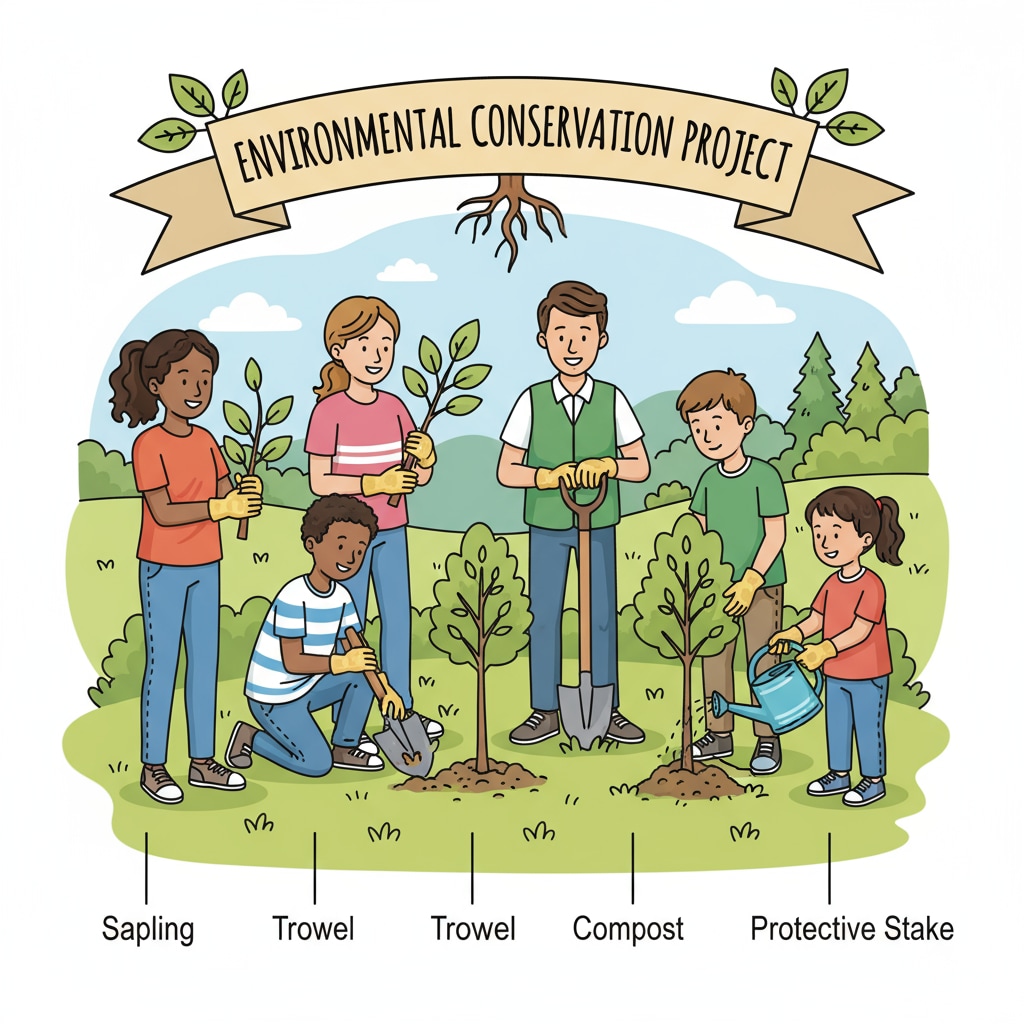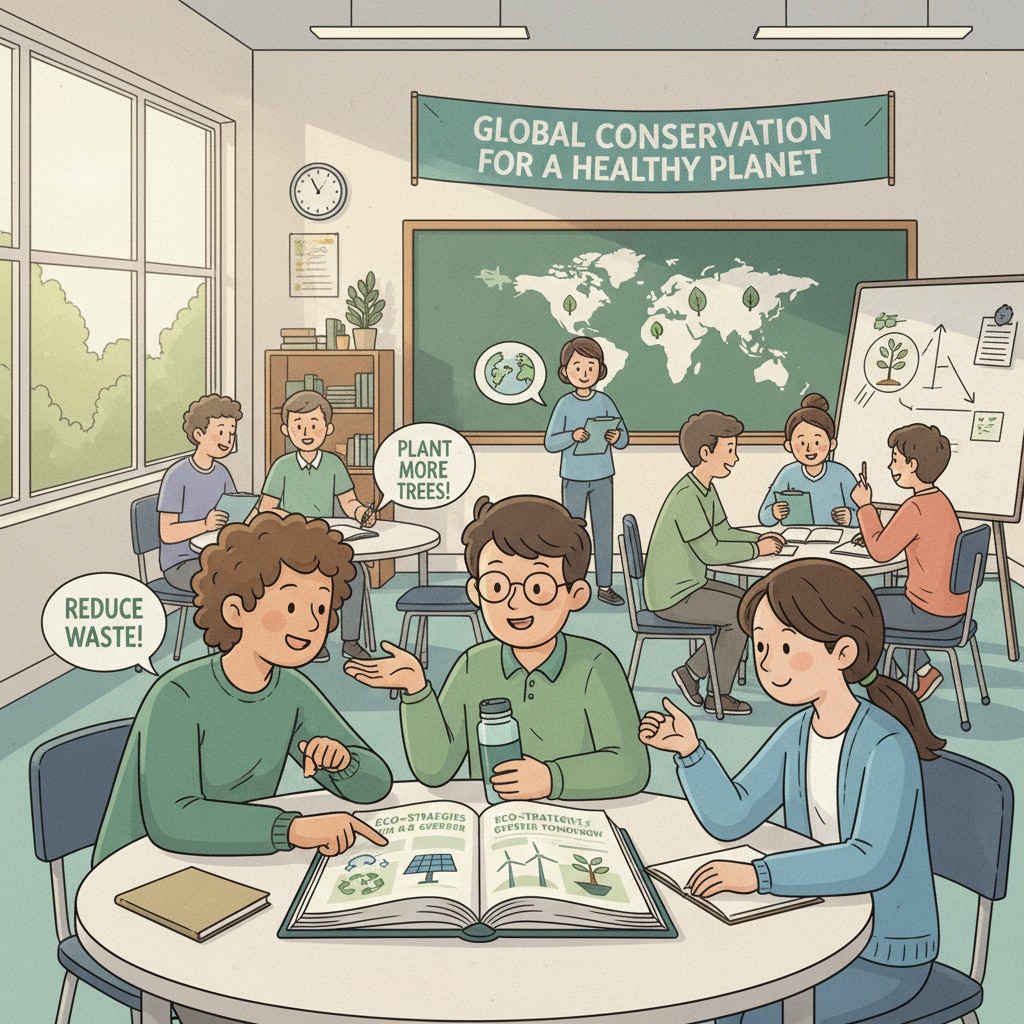Conservation education in K-12 schools plays a pivotal role in driving social change and environmental protection. As the world faces pressing challenges like climate change and biodiversity loss, equipping the younger generation with the knowledge and skills to safeguard the environment is of utmost importance.

This article aims to explore the current state of this education and its far-reaching implications.
The Current Landscape of Conservation Education in K-12 Schools
Currently, conservation education in K-12 schools varies widely across the globe. In some regions, it has been integrated into the curriculum, with dedicated lessons on environmental issues, sustainable practices, and biodiversity. For example, Scandinavian countries have made significant progress in incorporating environmental education into their K-12 systems. According to Wikipedia’s page on Environmental Education, they emphasize hands-on learning experiences, such as school gardening projects and field trips to nature reserves. However, in many other areas, conservation education remains limited or even non-existent. Lack of resources, teacher training, and a standardized curriculum are some of the major obstacles.

The Role of K-12 Conservation Education in Social Change
K-12 conservation education serves as a powerful catalyst for social change. By instilling environmental values in students from an early age, it nurtures a generation of environmentally conscious individuals who can drive positive change in society. These students are more likely to grow up to be advocates for sustainable policies, consumers of eco-friendly products, and active participants in environmental initiatives. For instance, graduates of schools with strong conservation education programs have been at the forefront of social movements related to climate action. As stated on Britannica’s page on Environmental Conservation, their awareness and passion for the environment inspire others to follow suit, gradually shifting societal attitudes towards environmental protection.
Moreover, conservation education in K-12 schools promotes critical thinking, problem-solving, and teamwork skills. Students learn to analyze environmental problems, develop solutions, and work together to implement them. These skills are not only essential for environmental conservation but also for addressing various social issues, thus contributing to the overall development of a more sustainable and just society.
Readability guidance: In this section, we’ve used short paragraphs to convey key points. The lists help summarize the importance of K-12 conservation education in social change. Transition words like ‘however’ and ‘moreover’ are used to connect ideas smoothly.


